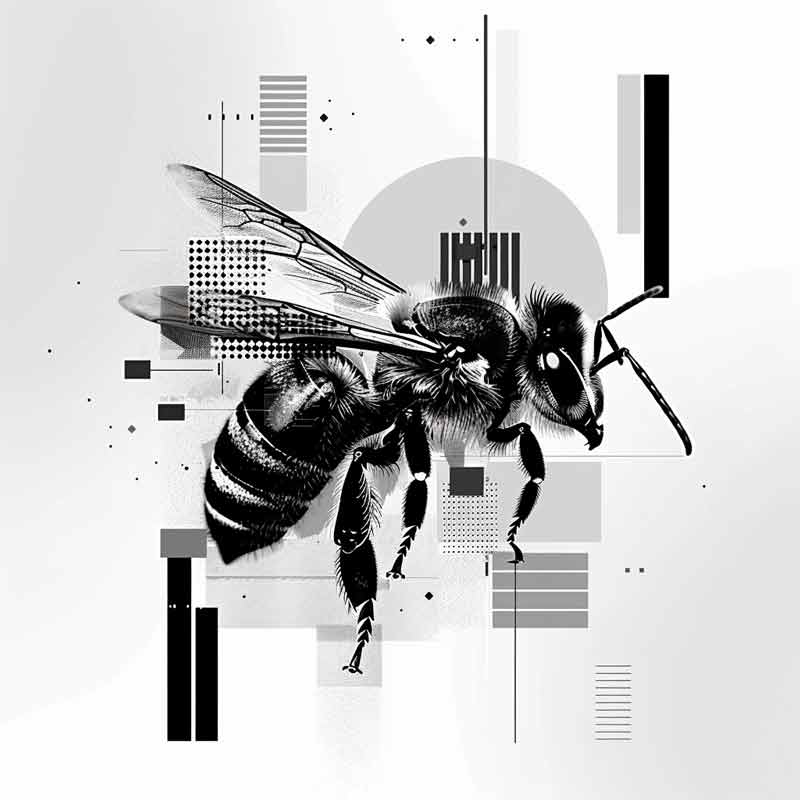Figurative language can transform ordinary writing into something a bit more memorable. Two of the most powerful tools in this category are similes and metaphors. Both simile and metaphor draw comparisons between two unlike things, but they do it in different ways. Understanding these differences is the goal of this article.
What’s the difference?
Similes and metaphors both compare two things to create a more powerful image or idea. However, they each have distinct methods.
Simile: Uses “like” or “as” to make the comparison.
Metaphor: Directly states that one thing is another.
Similes are straightforward. They use “like” or “as” to explicitly compare two things. For example, “Life is like a box of chocolates” uses “like” to compare life to a box of chocolates. The comparison is clear and easy to understand.
Metaphors are more direct. They state that one thing is another, without using “like” or “as.” For instance, “Life is a rollercoaster” directly compares life to a rollercoaster, implying it has ups and downs. This method often creates a stronger image.
Examples of similes
- Life is like a box of chocolates. – Suggests that life is unpredictable and full of surprises.
- As busy as a bee. – Implies that someone is very busy, constantly active.
- He runs like the wind. – Indicates that he runs very fast.
- She’s as cold as ice. – Implies that she is very unemotional or unapproachable.
- The child is as good as gold. – Suggests that the child is well-behaved and valuable.
- As brave as a lion. – Implies that someone is very brave and courageous.
- As light as a feather. – Suggests that something is very light in weight.
- As stubborn as a mule. – Indicates that someone is very stubborn and resistant to change.
- As clear as crystal. – Implies that something is very clear and easy to understand.
- As blind as a bat. – Suggests that someone cannot see well.
- As sly as a fox. – Implies that someone is very cunning and crafty.
- As cool as a cucumber. – Indicates that someone is very calm and composed.
- As quick as lightning. – Suggests that something or someone is very fast.
- As strong as an ox. – Implies that someone is very strong physically.
- As gentle as a lamb. – Suggests that someone is very gentle and kind.
In each example, “like” or “as” is used to compare two distinct things clearly.
Examples of metaphors:
- Time is Money. – Suggests that time is valuable.
- Love is a battlefield. – Suggests that love involves conflict and struggle.
- His heart is a cold iron. – Implies that he is unemotional or unfeeling.
- The classroom was a zoo. – Describes a chaotic classroom environment.
- Her voice is music to my ears. – Suggests that her voice is very pleasant to listen to.
- He has a heart of stone. – Implies that he is very unfeeling or harsh.
- The mind is an ocean. – Suggests that the mind is deep and vast.
- The city is a jungle. – Describes the city as being wild and chaotic.
- Books are windows to the world. – Implies that books provide a view into different experiences and knowledge.
- The stars were diamonds in the sky. – Describes stars as precious and sparkling.
- His words were a double-edged sword. – Implies that his words can be both beneficial and harmful.
These examples directly state that one thing is another, creating a strong and immediate comparison.
Metaphors state things directly. For example, “He is a lion” (metaphor) directly states he has qualities of a lion, implying courage or fierceness. In contrast, “He is like a lion” (simile) explicitly makes the comparison, suggesting he resembles a lion in some way.
Similes ask you to imagine a comparison, while metaphors ask you to see one thing as another. For example, “Her smile is like sunshine” (simile) asks you to imagine her smile compared to sunshine, while “Her smile is sunshine” (metaphor) asks you to see her smile as if it were sunshine.
When to use them
Though both compare two things, their distinct methods serve different purposes and can significantly affect the reader’s understanding and emotional response.
Similes, using “like” or “as,” make comparisons clear and explicit. They are particularly useful when explaining concepts to beginners or children, where clarity and simplicity are essential. For example, “He runs like the wind” immediately conveys speed without ambiguity. Similes are also softer and less direct, making them suitable when you want to make a gentle comparison.
Metaphors, on the other hand, state one thing is another, creating a more direct and often more powerful image. This directness can make metaphors more impactful and thought-provoking. For instance, saying “Time is money” not only highlights time’s value but also prompts deeper reflection on how we spend it. Metaphors are excellent for poetic or dramatic effect, adding layers of meaning and engaging the reader’s imagination on a deeper level.
In writing, choosing between a simile and a metaphor depends on the desired effect. If you want clarity and a straightforward comparison, use a simile. If you aim for a more profound or dramatic statement, a metaphor is more appropriate.
Use Similes When:
- You want to make a clear, explicit comparison. Similes are straightforward and easy to understand.
- You’re explaining something to a younger audience. Similes are simpler and often easier for children to grasp.
- You want to soften the comparison. Similes are less intense than metaphors, making the comparison gentler.
Use Metaphors When:
- You want to make a stronger, more direct statement. Metaphors are bolder and often more impactful.
- You’re aiming for poetic or dramatic effect. Metaphors can create a more striking image.
- You want to provoke deeper thought. Metaphors often require more interpretation, prompting the reader to think more deeply.

Try the Word.Studio Metaphor Maker
Generate creative metaphors based on a word or concept you input, offering various comparisons and imagery.
Understanding the difference between similes and metaphors is essential for any writer. Either can be used to simplify complex ideas. By practicing and recognizing when to use each, you can enhance your writing and communication skills. Keep reading, writing, and playing with comparisons, and you’ll master these figurative language tools in no time.







